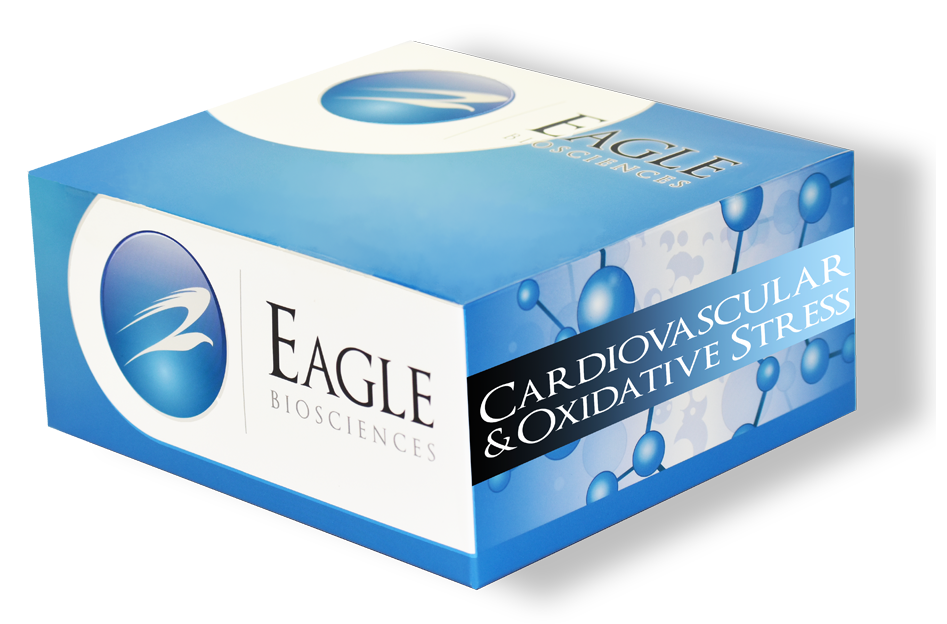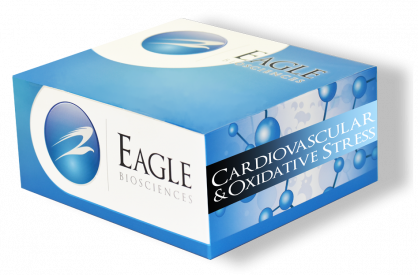Human IL-17 ELISA Assay
The Human IL-17 ELISA Assay is For Research Use Only
Size: 1×96 wells
Sensitivity: 7 pg/mL
Dynamic Range: 15.65 – 500 pg/ml
Incubation Time: 3.5 hours
Sample Type: Serum, Plasma, Cell Culture
Sample Size: 100 µl
Alternative Names: Interleukin 17, CTLA-8
Assay Background
IL-17, originally identified as mouse cytotoxic T lymphocyte-associated antigen-8 (CTLA-8), is produced by activated T lymphocytes, primarily by memory T cells. IL-17 appears to mediate communication between the immune system and the hematopoietic system.
IL-17 is a disulfide-linked homodimer. Each polypeptide has 155 amino acid (aa) residues (predicted mass = 17.5 kDa), including a 19 aa residue hydrophobic leader sequence. There are six cysteines plus one potential N-linked glycosylation site, which is variably glycosylated, at least with recombinant proteins. The aa sequence of human IL-17 is 63% and 58% identical to mouse and rat IL-17 and 72% identical to the thirteenth ORF of Herpes virus saimiri. There is at least some species specificity for in vitro action on bone-marrow stromal cells (3).
IL-17 mediation of T cell communication with the hematopoietic system is suggested by two observations. T cell-derived IL-17 induces fibroblasts to produce IL-6, IL-8, ICAM-1 and G-CSF, apparently by an NF-¿B-mediated mechanism (5). IL-6 in turn promotes development of granulocyte/macrophage colonies, and G-CSF directs development of neutrophils. IL-17 also enhances proliferation of partially activated T cells (5) and upregulates nitric oxide (NO) production in osteoarthritic cartilage.
Related Products
Human IL-15 ELISA Assay Kit
Human IL-21 ELISA Assay Kit
Human IL-22 ELISA Assay Kit


